User experience (UX) design can feel like magic when done right. You might visit a website or open an app, and everything feels immersive. You’re not searching for the right button or getting lost in a confusing interface—it all just flows. This seamless, intuitive experience is no accident. Behind it lies a lot of work, especially from UX research services.
Businesses today are competing not just for attention but for engagement. And while a sleek design helps, the real magic happens when a product meets user needs and demands. That’s where UX research services come in. In this article, we’ll break down 10 reasons why UX research is essential for businesses, especially those looking for product success through UX.
Excellent UX feels totally magical! Exploring a web page or application that showcases a dazzlingly creative design frequently leaves us mesmerized, prompting the question, “How did they manage to create something so enchanting?” This marvel reflects not only the crux of modern graphic design but also highlights the profound influence of evolving trends in design on our digital interactions.
Is UX Research Identical to User Research?
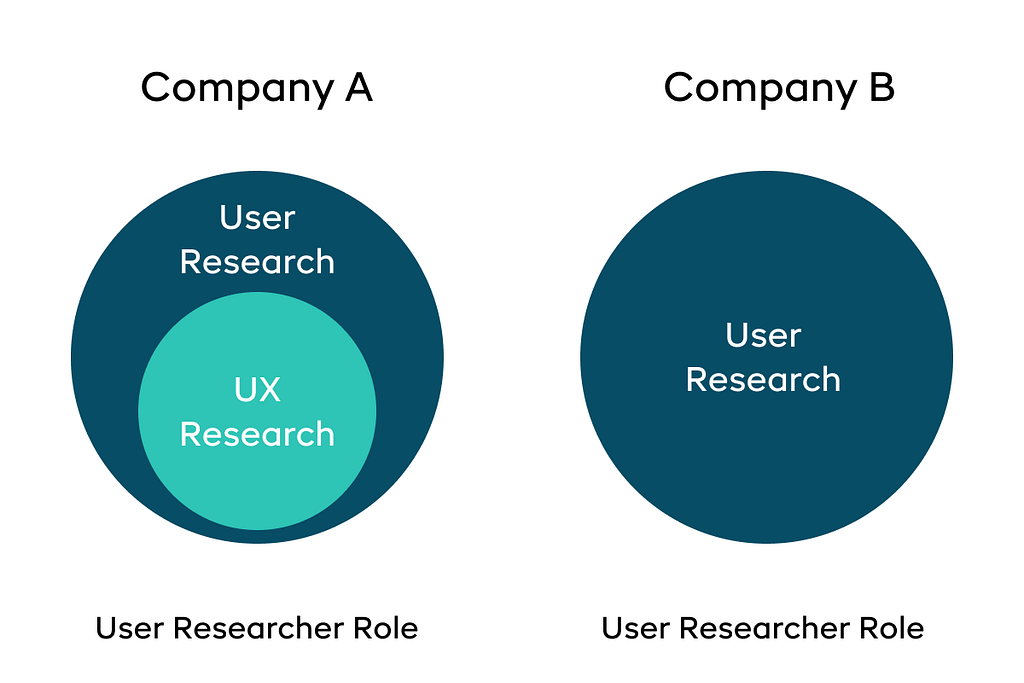
Before diving into the significance of UX research, especially when conducted by a proficient UX research company. It’s necessary to highlight the difference between UX research and user research. Although intertwined, these expressions are not interchangeable. User research, potentially undertaken by a user research firm, is characterized by a more expansive breadth, exploring user behaviors, necessities, and motivations within various contexts. Contrastingly, UX research zeroes in on the user’s interaction with digital interfaces, striving to enhance usability, accessibility, and overall contentment. Essentially, UX research is a specialized subset of user research, focusing distinctly on the digital user experience.
The Scope of UX Research- What can User Research Services do for You?
There exists a multitude of elements within your website that a user research service can delve into. Let’s highlight some prevalent aspects that UX research services commonly evaluate and test:
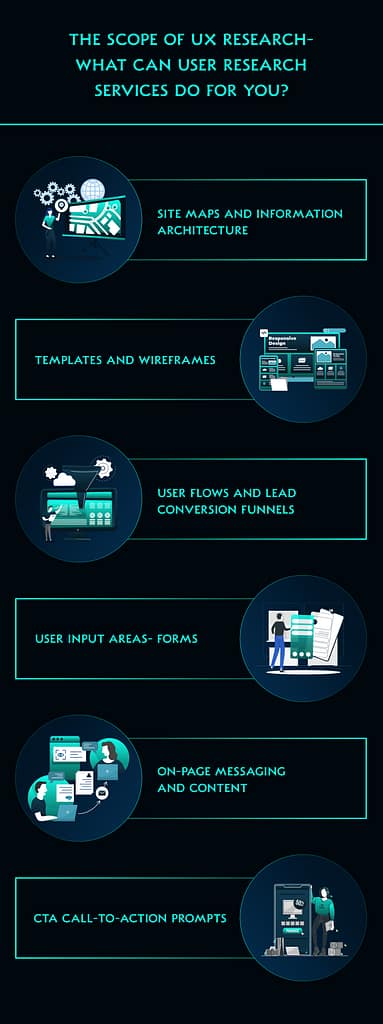
Yet, a professional UX research company knows that the essence of their analysis should be tailored to address your business’s specific challenges. Setting a distinct objective, pinpointing crucial data segments, and establishing bespoke metrics ensure that user research services deliver actionable insights for your venture. While you could opt to navigate these waters solo, it often proves advantageous to trust a seasoned user research firm. When these experts collaborate seamlessly with your internal crew, the synergy allows for a tailored approach that addresses existing challenges and spots fresh prospects for your enterprise’s growth.
The Impact of UX Research Services on Product Success
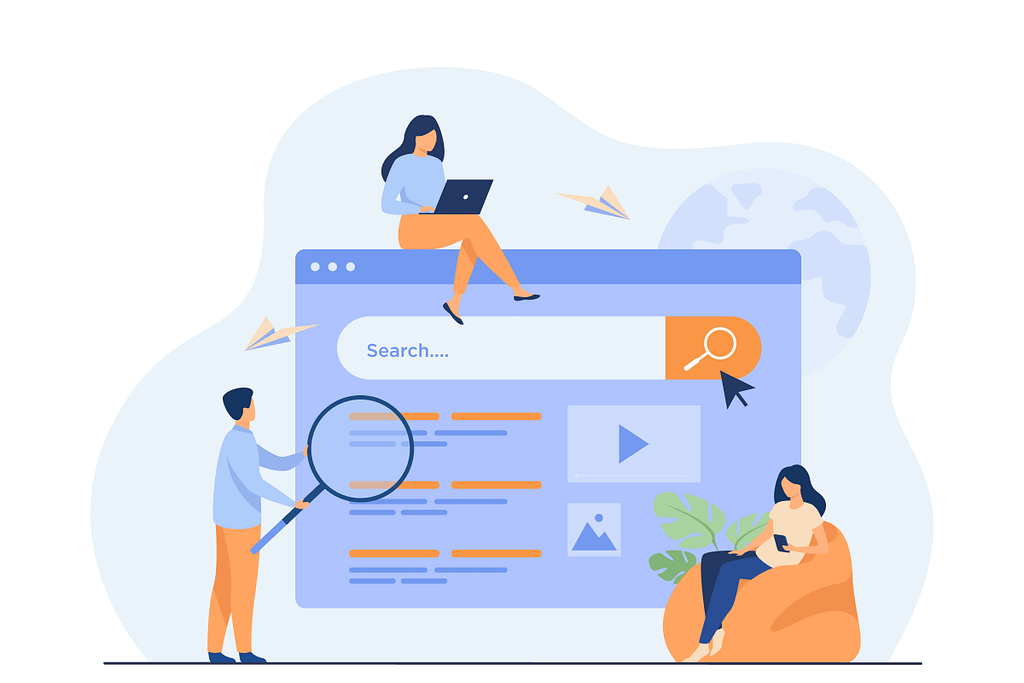
When it comes to product development, the importance of UX research, particularly by a dedicated UX research service provider, is paramount. A product’s success is intimately tethered to the experience it bestows upon its users. UX research becomes a navigational beacon, directing businesses towards fabricating products that satisfy and please user requirements and surpass anticipations. Here are ten reasons why UX research is essential for attaining product success.
1. Design Centered Around the User
At the heart of product success is the ideology of user-centered design. This methodology positions the user’s needs, behaviors, and motivations at the pinnacle of the design process. User research services use user research as the conduit to create authentic user-centric designs. By executing research that probes into user personas, pain points, and wishes, businesses thoroughly comprehend their target audience.
With this knowledge, designers can design interfaces, actions, and features that appease user anticipations. Propelled by methodical UX research services, a user-centered design forges products that deeply resonate with users, resulting in augmented engagement, satisfaction, and success.
2. Decisions based on Insights
Within the complex domain of product evolution, decisions bear considerable impact. The selections conceived during this progression influence everything from feature assortment to user interface design. UX research, possibly facilitated by a UX research company, becomes illuminating. It provides invaluable perspectives into user behaviors, inclinations, and challenges.
Enterprises profoundly comprehend what users genuinely need and desire by submerging into user data and responses. Equipped with this information, decision-makers can assertively dictate the product’s trajectory, ensuring every decision echoes with the end-users. Insight-driven decision-making, bolstered by UX research, mitigates the peril of cultivating features that misalign with user expectations, culminating in a more thriving and user-aligned product.
3. Amplified User-Friendliness
Usability stands as a foundational element for a triumphant product. A user interface that’s instinctive, straightforward, and devoid of uncertainties tends to captivate users and foster interaction. A user research company can provide key insights into usability obstacles, shedding light on user interactions and proposing practical solutions.
By spotlighting areas causing friction or uncertainty, design modifications can be made that ensure a fluid and intuitive user journey. Improved usability, fortified by UX research services, raises user happiness and sparks positive referrals, further propelling product recognition.
4. Identifying Issues at an Early Stage
The proverb “prevention is better than cure” is especially relevant within the sphere of product development. Rectifying issues at an initial phase is more resource-efficient and economical. UX research, which a specialized user research firm might undertake, plays a crucial role in the early identification of potential issues. Engaging users during the early prototyping and concept development phases allows businesses to discern potential challenges and barriers before they increase.
Be it perplexing navigation, ambiguous labeling, or operational glitches, UX research serves as an analytical tool that notifies teams of these predicaments. This anticipatory strategy enables timely modifications and enhancements, preserving valuable time and resources that might otherwise be expended on amending issues further along the development journey.
5. Continuous Iterative Improvement Process
The cyclical nature of product development demands regular evaluation, fine-tuning, and progression. UX research from a reputable UX research company naturally integrates into this process by offering continuous user feedback and perspectives. Regular tests and observations allow enterprises to monitor user interaction with the product. This helps pinpoint specific behavioral patterns and areas ripe for improvement.
This perpetual cycle of data collection, adjustments, and witnessing the outcomes ensures the product progresses in line with user desires and anticipations. The continual enhancement spearheaded by UX research services amplifies user experience and assures product longevity through increased user dedication and involvement.
6. Decisions Anchored by Reliable Data
Venturing decisions grounded in mere gut feeling or assumptions in product development can be dangerous. Concrete insights backed by data offer a strong base for tactical choices. A notable UX research company can generate extensive qualitative and quantitative data that steer decision-making throughout the product’s lifecycle.
From determining user inclinations to gauging the repercussions of design modifications, this collective data serves as an unerring guidepost. An approach underpinned by such data boosts the alignment of the product with user requirements and elevates the odds of effective decision-making that boosts its market footprint.
7. Customized User Interactions
Each user boasts individuality, and accommodating this diverse audience demands a distinct approach. UX research, possibly undertaken by a skilled user research service, links businesses and their complex user demographics. In-depth research into demographics, inclinations, and user habits lets businesses craft custom-tailored experiences.
Such experiences are meticulously aligned with particular user segments, meeting their specific requirements and hopes. Whether it’s adjusting linguistic variations, infusing culturally appropriate elements, or introducing personalization in features, UX research equips businesses to develop products that establish a profound relationship with the user, elevating overall contentment and product success.
8. Diminished Dropout Rates
Elevated dropout or abandonment rates can be detrimental to product prosperity. Users who stumble upon obstructions or disappointments during their product journey might opt for rival products. UX research, especially from a seasoned UX research company, plays a pivotal role in reducing dropout ratios by identifying the core issues that deter users.
With tools like user testing, feedback analysis, and usability reviews, areas causing user discontent can be identified. This understanding empowers businesses to install modifications that rectify these challenges, offering a more streamlined and pleasant user journey. Consequently, products become more enticing, reducing dropout rates and augmenting user interaction.
9. Distinctive Market Standing
Differentiating oneself from the multitude is pivotal for product endurance. Exceptional user experiences can significantly set a product apart. Employing UX research services equips businesses to carve out a niche by revealing exclusive areas for innovation and improvement.
By comprehending user tendencies and preferences, businesses can introduce features and design components that grant their product a unique standing. This uniqueness captures user attention and brands the product as a preferred choice among many options. The edge established via UX research-fueled design strategies amplifies brand visibility, broadens market influence, and fosters enduring product achievement.
10. Higher User Satisfaction Increases Loyalty
The keystone of cultivating a dedicated user base is user satisfaction. Users who derive satisfaction are more inclined to continue purchasing a product and vouch for it among peers. UX research, a core offering of any professional UX research service, dives deep to grasp what truly pleases users and which components elevate their contentment.
Businesses can present a product that outshines user expectations by pinpointing and resolving user grievances, integrating user feedback, and optimizing interactions. Such high user contentment paves the way for loyalty and trust, creating users who love the brand, circulate favorable testimonials, and fuel the lasting success of the product.
The Different Research Techniques A UX Research Company Uses
The capabilities of UX research services stem from its various research techniques and methods that unravel user perceptions and inform design strategies. Every approach endows a distinct perspective on user conduct, inclinations, and engagements. Here are some methods that a seasoned user research firm uses to yield impactful UX insights:
1. User Interviews

Direct interviews with users yield profound insights into their motivations, actions, and challenges. Through individualized dialogues, the particulars of user experiences and the emotions steering them come to the front. Encouraging users to narrate their journeys offers a wealth of qualitative details, exposing deeper aspects of user interactions.
Such conversations are indispensable in determining detailed user narratives, spotlighting unserved needs, and documenting hypotheses. Insights from these interactions infuse a user-focused perspective into design decisions, culminating in more compassionate and user-aligned products.
2. User Feedback Surveys, Polls, and Questionnaires
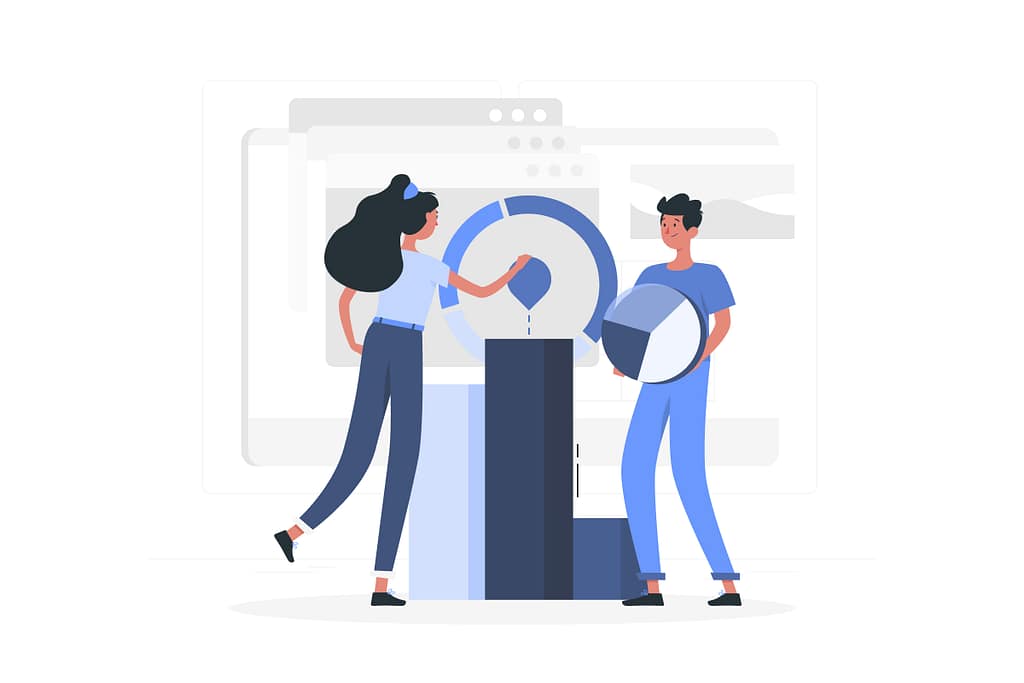
Surveys, polls, and questionnaires are instrumental in collecting both quantitative and qualitative user data. Enterprises can tap into user viewpoints, challenges, and aspirations through meticulously structured questionnaires. They can discover latent user tendencies, preferences, and sentiments by floating relevant inquiries.
This technique shines in apprehending user demography, accumulating feedback on distinct areas, and attaining an overarching pulse on user satisfaction. Insights extracted from these forms and polls mold design directions, guide feature hierarchies, and assure product alignment with user expectations.
3. Focus Groups

Discussion panels, often known as focus groups in the UX research service sector, assemble a group of users to deliberate on a product or a specific topic. These panels capture diverse viewpoints about a product and identify prevalent concerns and motifs.
To successfully hold a discussion panel, gathering participants mirroring the target demographic is essential. An adept facilitator should steer the conversation, simultaneously spurring participants to express their sentiments and beliefs. Although focus groups may demand considerable time and resources, the insights gathered into user perceptions can be invaluable.
4. Card Sorting

Card sorting involves users classifying a set of elements into specific categories. This approach sheds light on users’ cognitive models regarding data classification. Participants are furnished with cards in the card sorting session, each denoting specific information or functionality. Users then cluster these cards into categories that resonate with their cognitive structures. The outcomes of such sessions empower designers with insights about user categorization tendencies, guiding the formulation of intuitive navigation and data hierarchies.
5. User/Usability Testing

Observing users while they engage with design mock-ups, wireframes, or actual products reveals direct insights about usability and user flows. This observational approach, a cornerstone of UX research services, brings to light challenges users grapple with, whether complex pathways, vague indicators, or complicated processes.
Observational data lets businesses pinpoint user challenges and zones warranting enhancement, fostering design updates that manifest as a lucid user journey. Such observations anchor design resolutions in genuine user behaviors, creating an accessible and user-adaptive product.
6. Digital User Behavior Analytics

User analytics tools, such as those similar to Google Analytics, provide quantitative data on user engagements within a digital interface. These instruments relay metrics like user visits, interaction rates, and user journey trajectories. A comprehensive picture of user interactions emerges, underscoring user hotspots, exit zones, and prevalent user routes.
By studying such analytics, businesses discover insights into user tendencies, content resonance, and the ability of diverse functionalities. These revelations signal potential enhancement sectors, steer content fine-tuning, and dictate design decisions, elevating the aggregate user experience.
7. Comparative Interface Testing- A/B Testing

Comparative interface testing, often called A/B testing, compares two interface renditions to establish which garners superior user interaction, conversion rates, or other essential metrics. Often used by a competent UX research company, this method enables decision-making anchored in empirical data by directly evaluating design shifts’ repercussions.
Comparative testing determines design elements most compatible with users by showcasing distinct versions to separate user cohorts. Be it contrasting design structures, action prompts, or graphical components; this method unravels user inclinations and habits. The outcomes of such testing steer design enhancements, optimize user engagements, and elevate the product’s holistic success.
Economic Advantages of UX Research Services Maximizing Business Value
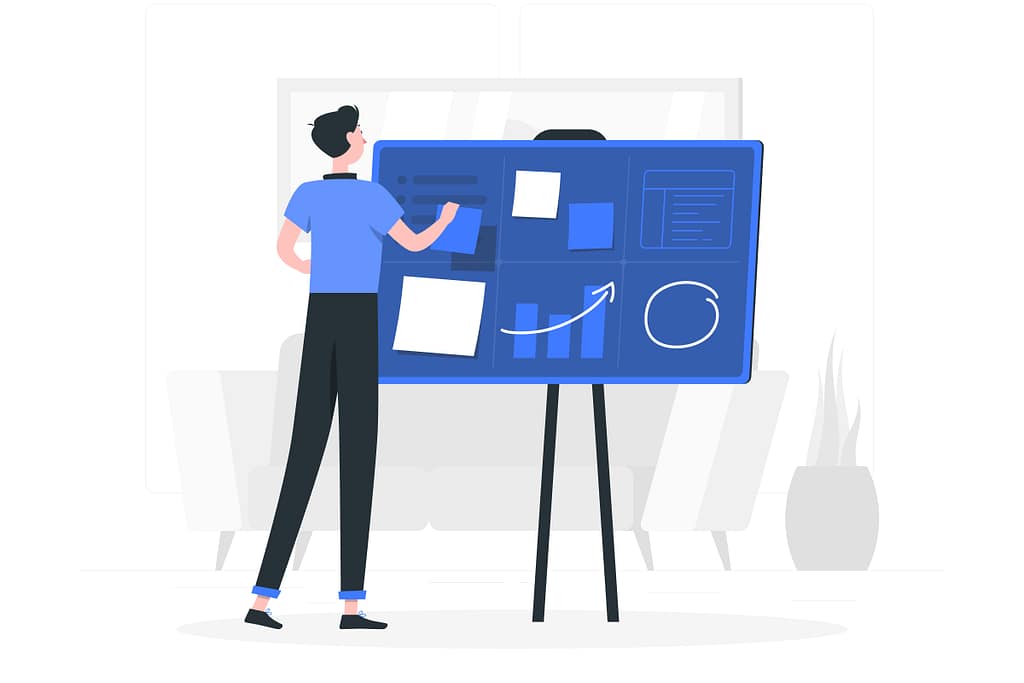
Tactical UX Examination and Time Efficiency
One prevalent misconception is the presumption that user research, especially by a prominent UX research company, mandates vast user associates and protracted study durations to yield results. However, crucial revelations can be derived from a concise user subset. Even a mere five-user test can unveil 85% of usability concerns. Through brief evaluations, UX designers can delve into user drivers and encounters. Researchers garner invaluable feedback by targeting vital interaction junctures within the user’s journey instead of a broad sweep. Such evaluations offer a microscopic view into how users engage with the digital interface, shedding light on crucial user interaction stages.
Efficient allocation towards UX research services can be cost-saving.
While it’s easy to perceive research as an added expenditure, it’s a keystone investment in the long run. Rectifying post-development errors costs 100 times more than pre-emptive action. Errors from misplaced UX presumptions, detected late in the design and developmental stages, can deplete a business’s resources. Proactive UX evaluations, offered by any expert UX research company, are far more economical than post-launch corrections on an exhaustive website.
Early error detection is cost-effective for businesses.
As projects mature, rectifying premature oversights or misguided assumptions inflates in cost. Yet, financial savings aren’t the sole gain from timely UX evaluations. Strategic input from a user research firm can direct efforts more effectively.
Aligning UX Research with Online User Expectations
A widely accepted belief is that numerous brands fall short of delivering up to the online expectations of today’s users. Integrating a user research service into the design process diminishes the disparity between user anticipations and the existing online experience or preliminary UX notions. Such research aids businesses in progressing from mere assumptions to concrete user insights. Being armed with an understanding of user expectations propels businesses to design, adapt, and evolve digital offerings that not only satisfy but also delight users, laying the groundwork for lasting success.
Concluding Remarks
In today’s user-focused digital environment, tapping into UX research services is paramount for businesses aiming for product excellence. By centering on evidence-driven choices, user-tailored designs, and early problem-spotting, firms can create products that genuinely align with user needs.
As you embark on developing user-friendly and successful products, think about employing Wilson Wing’s UI/UX design services, especially our UX strategy and audit services. Our customer-oriented marketing solutions and technology integrate effortlessly with your present services, presenting an all-inclusive range of tools.
Wilson Wing’s solutions and services equip businesses to flourish in the ever-evolving digital world. We do everything from amplifying online visibility and fine-tuning conversion rates to overseeing user experiences and producing captivating content. Elevate your product’s trajectory and secure its market position by embracing a solid UX research service. Get in touch with us to discover how our innovative solutions can boost your digital performance and steer your enterprise to new heights!





